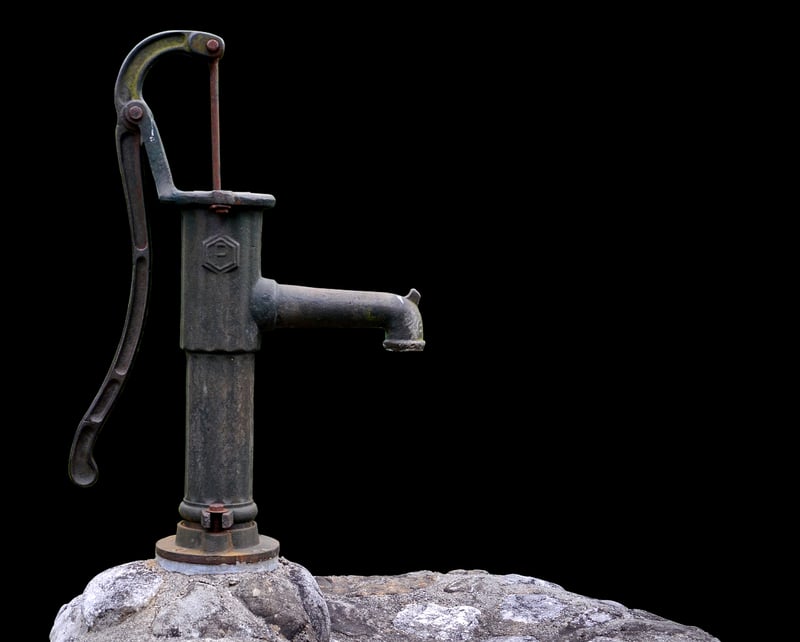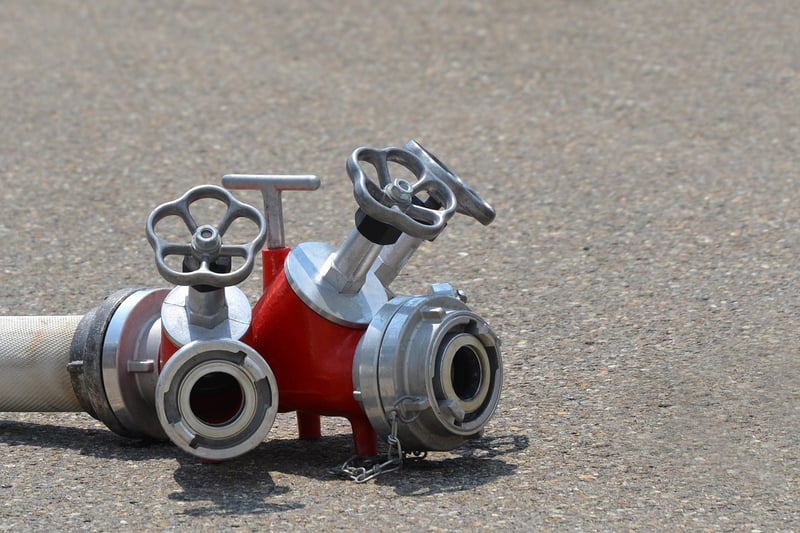Pump Connection
The Essential Components of a Pump Connection
When it comes to setting up a pump system, understanding the essential components of a pump connection is crucial for efficient and reliable operation. Whether you're a seasoned professional or a beginner in the field, knowing the key elements involved in a pump connection can help you optimize performance and prevent potential issues.
1. Pump
At the heart of any pump connection is, of course, the pump itself. Pumps come in various types such as centrifugal pumps, submersible pumps, and positive displacement pumps, each serving specific purposes. Selecting the right pump for your application is vital to ensure optimal performance.
2. Piping System
The piping system plays a critical role in transporting the fluid to and from the pump. Proper sizing, material selection, and layout of the pipes are essential to minimize pressure losses and ensure smooth flow. Regular maintenance of the piping system is also necessary to prevent blockages and leaks.
3. Valves
Valves are used to control the flow of fluid in a pump system. Common types of valves include gate valves, ball valves, and check valves. Properly selecting and installing the appropriate valves can help regulate flow rates, prevent backflow, and facilitate maintenance operations.
4. Fittings and Connectors
Fittings and connectors are used to join different components of the pump system, such as pipes, valves, and the pump itself. They come in various materials, sizes, and configurations to accommodate specific requirements. Proper installation of fittings and connectors is crucial to prevent leaks and ensure system integrity.
5. Seals and Gaskets
Seals and gaskets are essential for preventing leaks in a pump system. They provide a tight seal between moving parts, such as the pump impeller and casing, to prevent fluid from escaping. Regular inspection and replacement of seals and gaskets are necessary to maintain system efficiency.
6. Control Panel
For automated pump systems, a control panel is required to monitor and regulate pump operation. The control panel enables operators to set parameters, monitor performance, and receive alerts in case of malfunctions. Proper programming and maintenance of the control panel are vital for system reliability.
7. Safety Devices
Lastly, incorporating safety devices such as pressure relief valves, temperature sensors, and alarm systems is crucial to protect the pump system and prevent accidents. Safety devices help monitor system conditions and activate protective measures in case of emergencies.
Conclusion
In conclusion, a pump connection comprises various essential components that work together to ensure the smooth and efficient operation of a pump system. By understanding the functions and importance of each component, you can effectively design, install, and maintain a reliable pump connection for your application.

